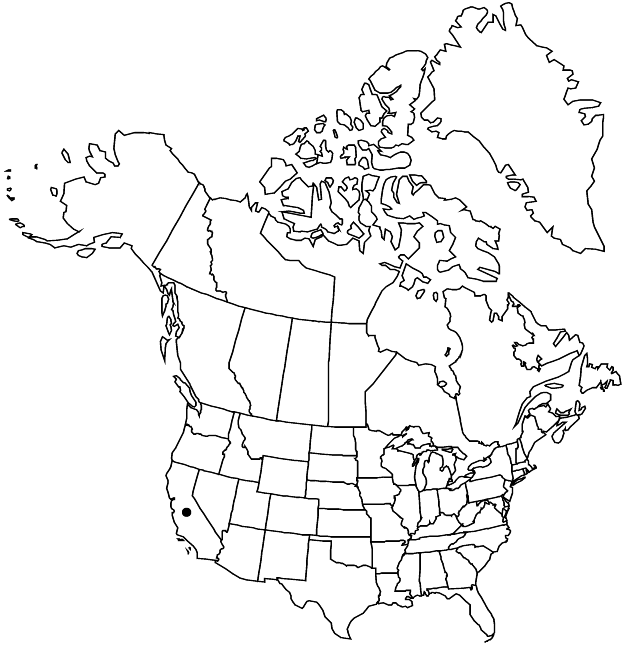Sidotheca trilobata
Harvard Pap. Bot. 9: 211. 2004.
Plants 0.7–5 × 0.7–6(–11) dm. Stems erect or more commonly spreading to prostrate. Leaf blades spatulate to oblanceolate or linear, 1–5(–9) × 0.2–0.7(–2) cm. Inflorescences open, 0.5–4 dm; bracts mostly 2–8 × 1–3 mm, awns 0.8–1 mm. Peduncles erect to spreading, 0.5–1.5 cm, glabrous except sparsely glandular proximally. Involucres concolored, broadly turbinate, 3–8 mm, sparsely glandular; teeth 5(–6), connate 1/3–1/2 their length; awns greenish to reddish, 0.3–2 mm. Flowers 3–5(–10); perianth white to pink or reddish, 2.5–4 mm; tepals oblong, 3-lobed apically 1/3–1/2 their length, lobes sometimes laciniate; filaments 1–4 mm; anthers red to maroon, ellipsoid to oval, 0.5–0.7 mm. Achenes golden-brown, 1.2–2 mm. 2n = 40.
Phenology: Flowering Apr–Sep.
Habitat: Sandy flats, washes, slopes, chaparral communities, montane coniferous woodlands
Elevation: 700-2100 m
Distribution

Calif., Mexico (Baja California).
Discussion
Sidotheca trilobata occurs in the Transverse Ranges of southern California from Los Angeles and San Bernardino counties southward into northern Baja California, Mexico. It is the most commonly encountered species of the genus.
Selected References
None.